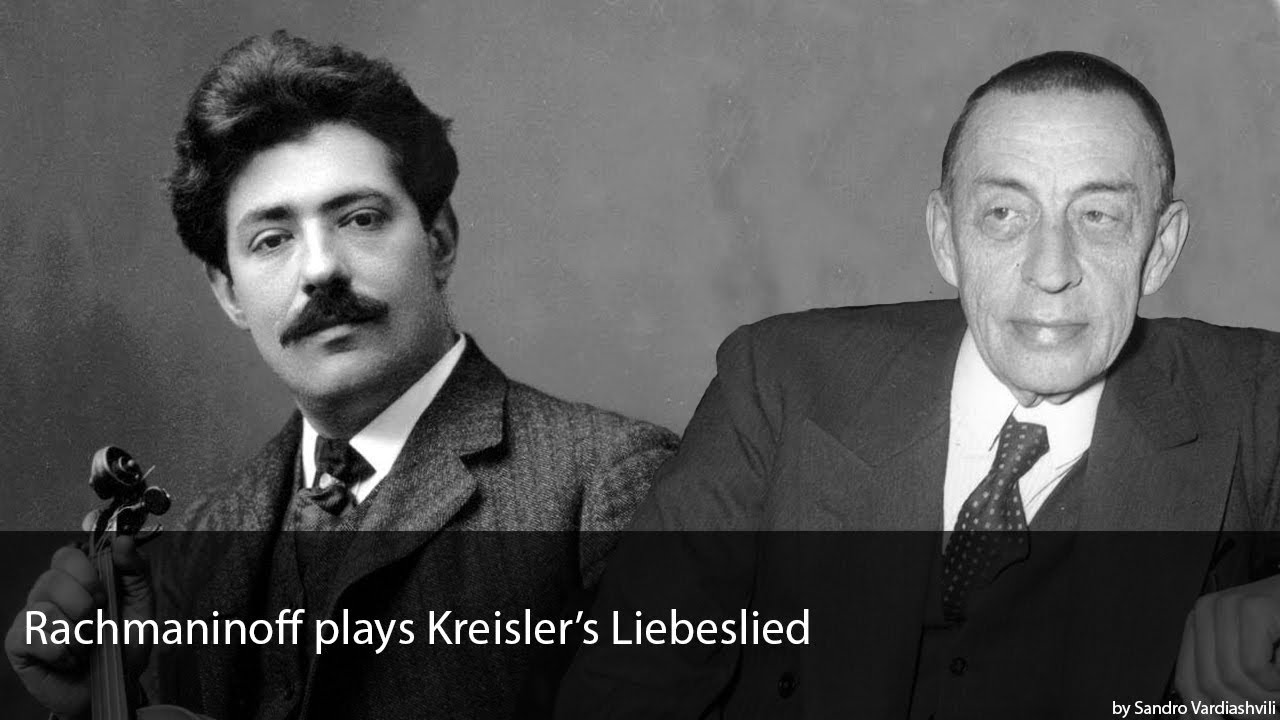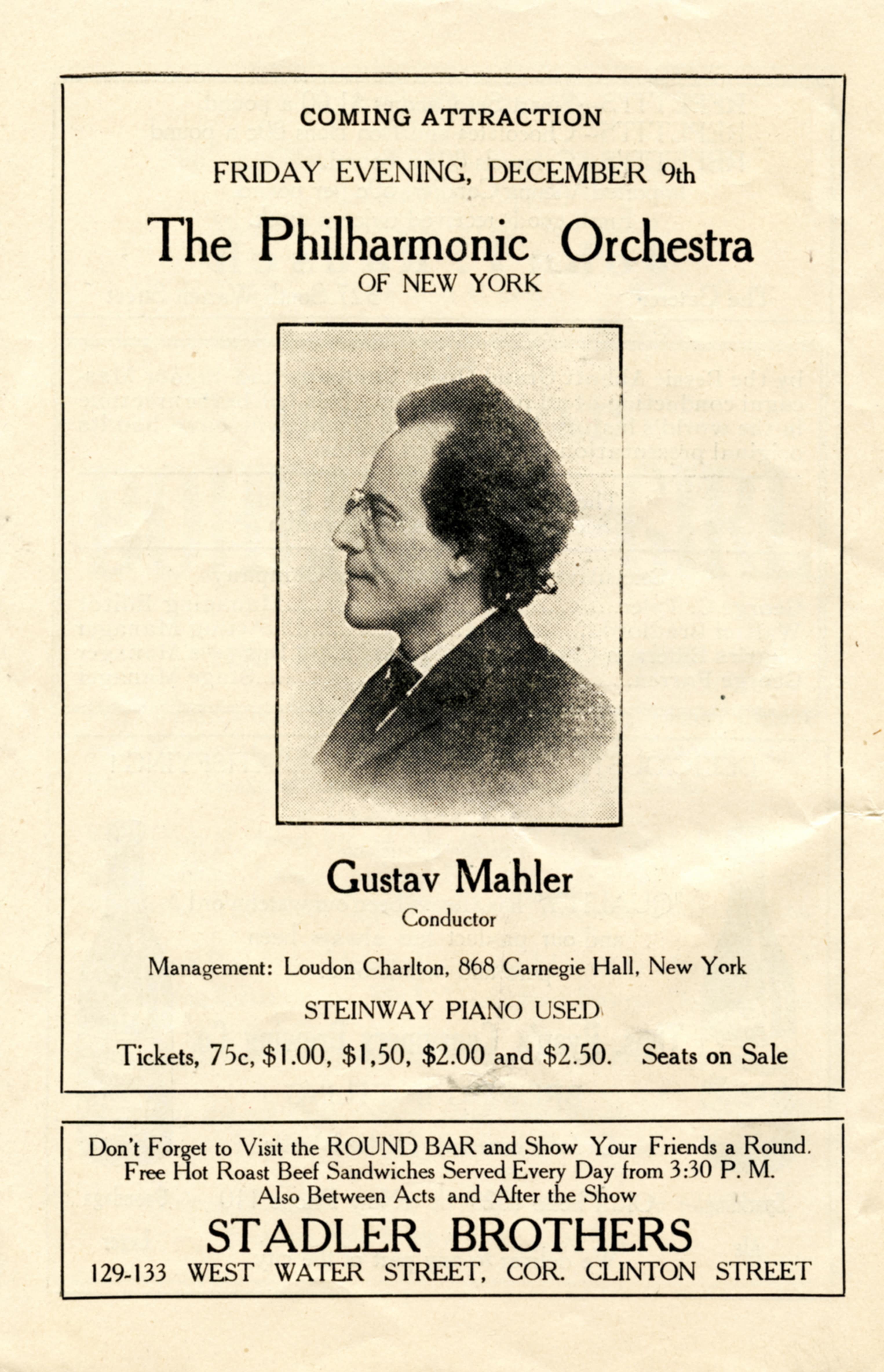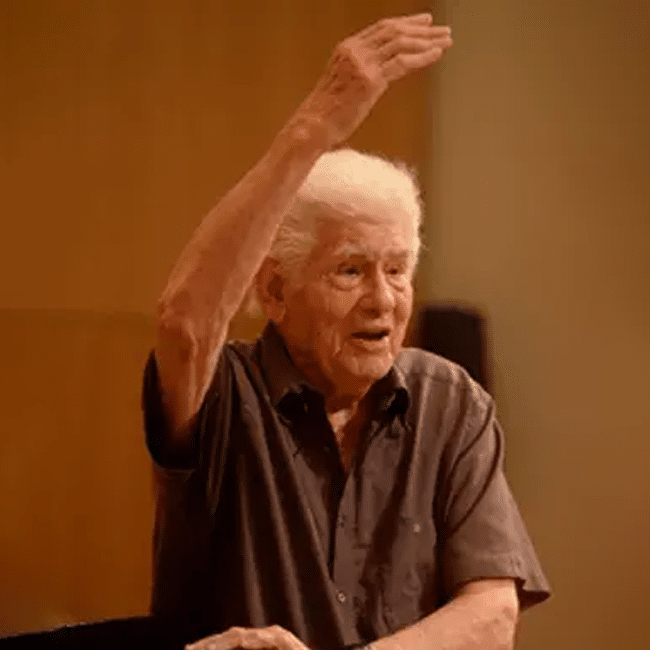Slippedisc comfort zone (19): Highest level of Beethoven
mainThe eighth violin sonata, played by Rachmaninov and Kreisler. Sublimity and synergy.
Does it get any better?

The eighth violin sonata, played by Rachmaninov and Kreisler. Sublimity and synergy.
Does it get any better?
The Syracuse Opera Company has filed for bankruptcy,…

The revered violinist Haim Taub, concertmaster of the…

In tonight’s Lebrecht Interview on BBC Radio 3,…

The Chinese-Australian pair of comedy fiddlers have called…

Session expired
Please log in again. The login page will open in a new tab. After logging in you can close it and return to this page.
Did you mean to include a link such as this: https://www.youtube.com/watch?v=eYnLzW-TPv8
“Does it get any better?”
It would if there was a link to the performance….
It doesn’t get any better!
(This is the violin sonata that first introduced me to
chamber music; I love it dearly, always have.) Thanks for sending this our way.
These two friends also recorded violin sonatas by Grieg and Schubert together, and Rachmaninoff transcribed Kreisler’s “Liebesfreud” and “Liebesleid” for piano solo.
That is correct, and for me personally their Schubert Duo in A – but especially so their Grieg’s Third in C – are more stylistically successful and convincing than their Beethoven Eighth in G. It seems that pure unabashed romanticism of 19th century’s second half was better suited to both of their hearts and minds than the far more restrained “classicism” of the music from that same century’s first quarter.
That is also my impression, M2N2K. Rachmaninoff’s playing of the introduction to the slow movement of Grieg’s sonata is some of the most romantic he recorded. Good call.
We are so fortunate these recordings exist. Victor Records, indeed the entire American recording industry, was just about to endure a one-two punch: the advent of radios in just about every home and the Great Depression. Heifetz for example did not get to record a major complete sonata for Victor (the Strauss) until 1934, and Elman and Spalding also had to wait a good long while to make their sonata recordings. It took years before Victor regained its footing and meanwhile many recording opportunities for such artists as Kreisler and Rachmaninoff, or should I say Rachmaninov were lost, making what major works they did record (separately or together) all the more treasurable.
Perhaps I have mentioned this before, but when Biddulph reissued the Kreisler/Rachmaninov sonata recordings on CD in excellent transfers, they found that duplicate sides for the entire Beethoven Sonata No. 8 had been approved by both artists and held in reserve by Victor (a common practice at the time). Thus they were able to create an entirely “new” release, but obviously closely parallel to the original since the sides were meant to be substitutes on an as-needed basis. It’s more interesting in concept than it is revelatory in the listening but still – nice to have.
Back when 78 rpm recordings were on shellacs and of course subject to breaking, many recording companies had a practice — never much publicized — of running fresh sides for someone who ordered them based on matrix number. A savvy collector could deduce unreleased and perhaps even unapproved sides done in the same session as a released recording, so there was a sort of “collector’s secret club” for obtaining otherwise unknown and unreleased — and again perhaps even unapproved — 78 rpm sides. The vocal fans in particular latched on to this and the record companies evidently didn’t care to do a lot of leg work tracking down whether a given matrix number was an actual replacement for a released recording. The collectors were flying blind in this and they never knew what they’d get but were willing to take a chance.
Evidently my father and his father were unaware of this practice for example because my dad told me that his parents had a cleaning lady who was a musical genius — she “finished” Schubert’s Unfinished Symphony (the Stokowski Victor 78s) by breaking one of the discs. I still have the left overs somewhere.